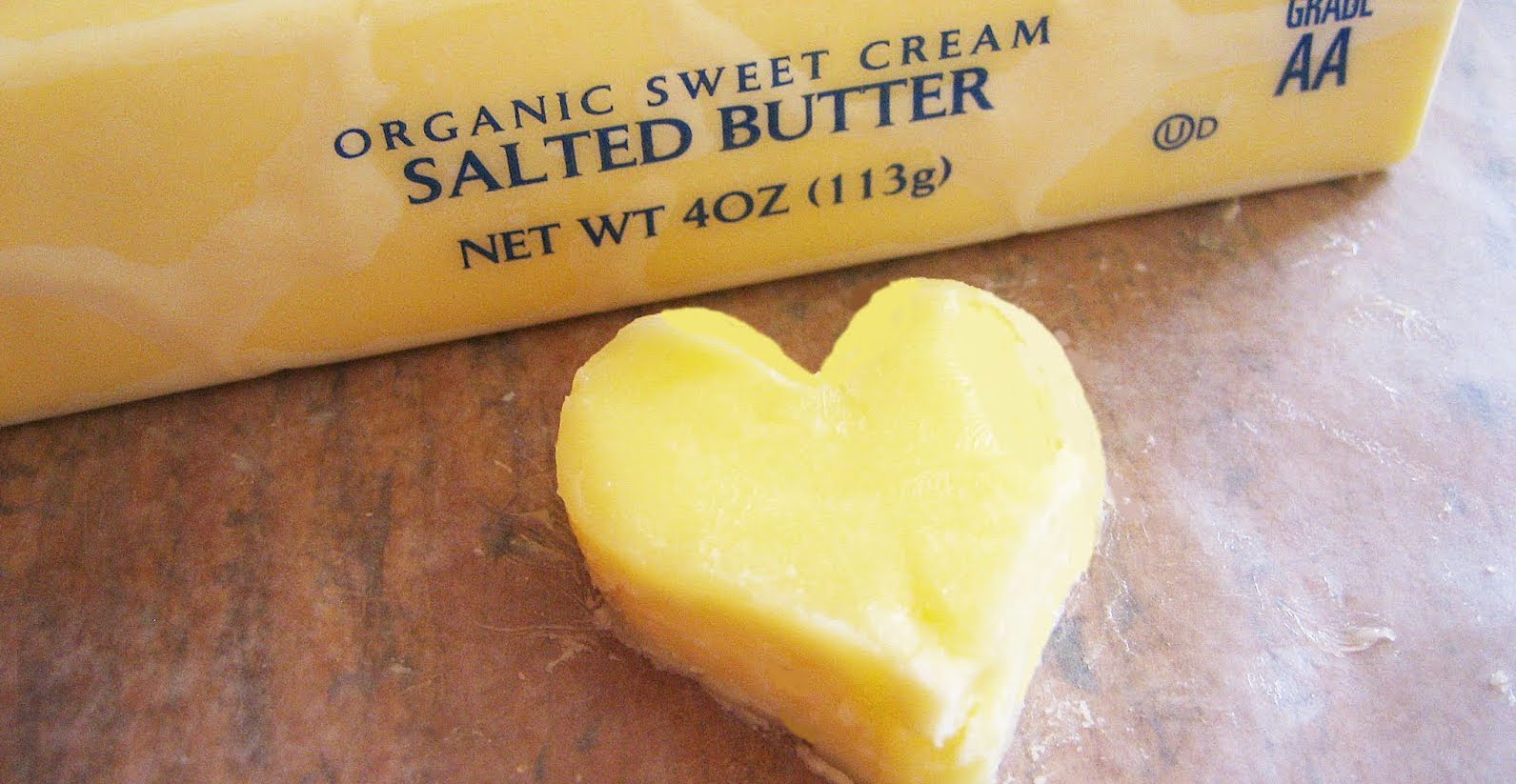So you flew out of the door in the morning, barely making it to work on time, and you didn’t have time to prepare lunch or anything to hold you over throughout the day. By the time lunch rolls around, you’re dying of hunger pangs and ready to scarf down anything accessible for lunch. Priorities about the quality of food quickly go out the window, and the illusive sandwich and chips are in (and that may be even considered a good day)… And then you wonder why you’re hungry and in need of coffee just a couple hours later, not to mention you can’t seem to shed the unwanted fat in those problem areas. You think there’s a connection here?
Now most people view a sandwich and some granola bars throughout the day as healthy. Unfortunately for most people, this means the simple carbohydrates and gluten (from processed wheat flour) replace other nutrient-dense, energy-sustaining foods that should be the bulk of the diet. The quick spike in blood sugar sparks feel-good endorphins right after the meal, but then shortly after the spiked blood sugar falls back below baseline, and a snack, sugary drink, or some other pick-me-up seems necessary (see figure below). And yet a different decision for lunch could avoid the drop in energy and the desire for snacking altogether, meanwhile allowing the cutting of fat, boosting of energy, and reducing of inflammation to take place much more effectively.
My challenge to you: try eating a high-healthy fat meal with lots of veggies and moderate protein for one week (we’ve made it easy for you by providing examples below). Note the difference in how you feel toward the end of the day. You’ll be surprised how much more energy you have, and in turn how much more productive you’ll be.
Now back to the problem at hand: you flew out of your home this morning, and you didn’t have time to cook a high-quality, high sustained energy meal for the road… Now just give up and go buy some Subway right? No, actually there are plenty of options available, and more becoming available, so that you can still feel good and cut fat throughout the day:
“Fast Food”
Today there are many more options for decent food fast than ever before. Chipotle is serving organic veggies, humanely harvested meats, and pastured dairy in assembly-line fashion. Skip the tortilla and other starchy carbs, and go straight to the greens and meat. Throw on extra guacamole, and even lots of pastured cheese and sour cream if you tolerate lactose well.
You can take a similar approach with many other Mexican or Mexican-hybrid spots too. Order the carne asada, onions, cilantro, and guacamole, and tell me how life could possibly be better. It tastes delicious and best of all, you’ll be energized instead of lethargic afterward.
Even traditional fast-food spots are starting to key into this concept: that people care about not being fat and eating quality foods. If you’re in a grind and wanting a burger, also check out Carl’s Jr.’s “all-natural” burger, which is from grass-fed cows. Throw a lettuce wrap on it in place of the bun, money.
Salad
The traditional salad has very little calories and by no means provides a sufficient lunch
meal on its own (for me, and most others I know at least)… We also don’t want our body trying to slow our metabolism down to deal with the greatly reduced calories. So load this salad with some wild fish, some grass-fed steak, or some pastured chicken if you have access. Even more importantly though, make sure to throw in PLENTY of fats. Extra virgin olive oil, coconut oil, avocados and/or avocado oil – throw a generous amount on there!
Soup and Other Leftovers
Especially for cooler days, throw a bunch of veggies together with some of that grass-fed ground beef and some broth. Bring a thermos with you and you shouldn’t even have to heat it up.
Plan on making extra for your dinner, and thrown it in some glass Tupperware for the next day. Some grass-fed meat, steamed veggies, and a ton of grass-fed butter are pretty good the next day too!
Avoid Snacking When Possible
If you’re eating the right foods, you should be able to teach your body to go without food for much longer than you’re probably used to. The problem is that you’ve trained your body to eat every couple hours, and it’s conditioned to think it’s going to die if no more food is coming in. Believe it or not, this is a strong sign of your metabolic health. You should not be getting super tired and lightheaded if your meal ends up being a couple hours later.
That said, there are going to be times when you need that extra boost of energy, and you want something to stop your stomach from yelling at you. When in need, the following options are good go-to’s:
Water or tea. Yes, hydrating yourself is a good thing. You can even throw in some MCT oil in there to give you some quickly converted ketones for your brain to use for energy.
Raw almonds and other raw organic nuts. Avoid peanuts though, as these are actually not nuts at all, but rather legumes. Without getting into details, we want to avoid substances that increase the permeability of our stomach lining and cause inflammation as much as possible.
Avocados. Avocados are simply amazing. They’re a great source of healthy fat that will keep you going with a sustained high level of energy. Cut it open and throw some sea salt, some pepper, and maybe some cayenne or paprika, and you got one of the best snacks ever.
Raw grass fed cheese. Again, if you tolerate it, pastured dairy is an awesome staple.
Alright, those are just some ideas for how to get you through the day when you left unprepared. Be creative, and let us know some of your solutions to being on the go too!
In Excellent Health,
Garrett & Luc























